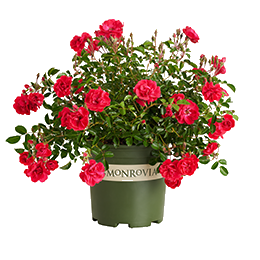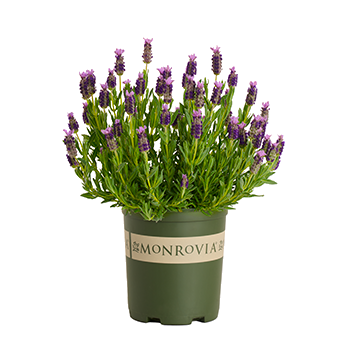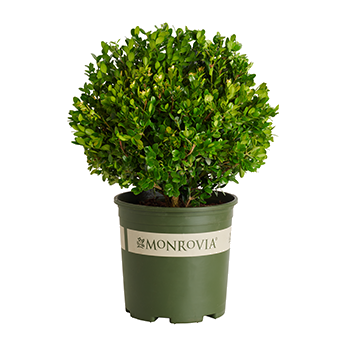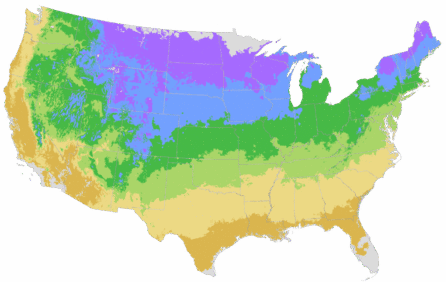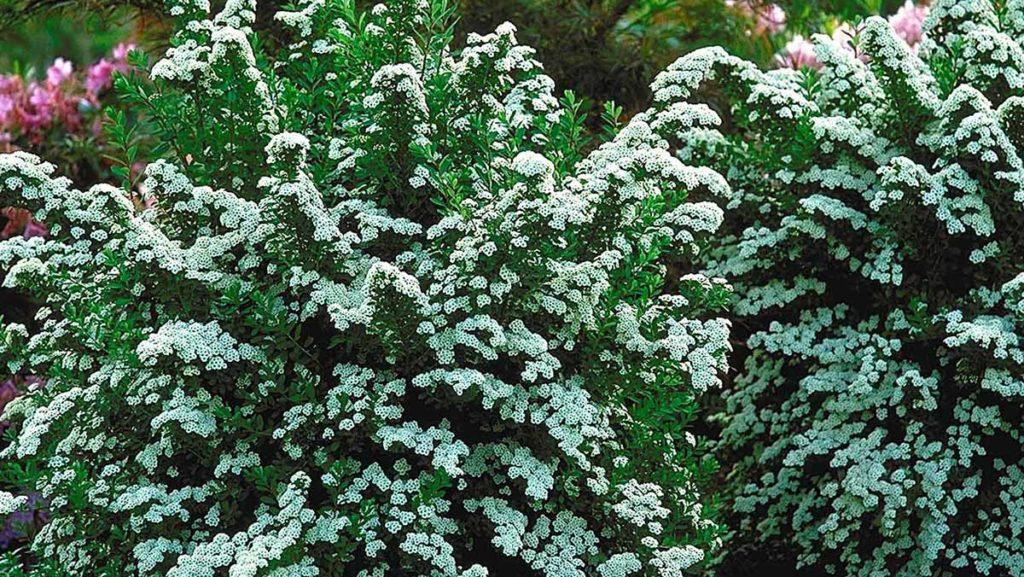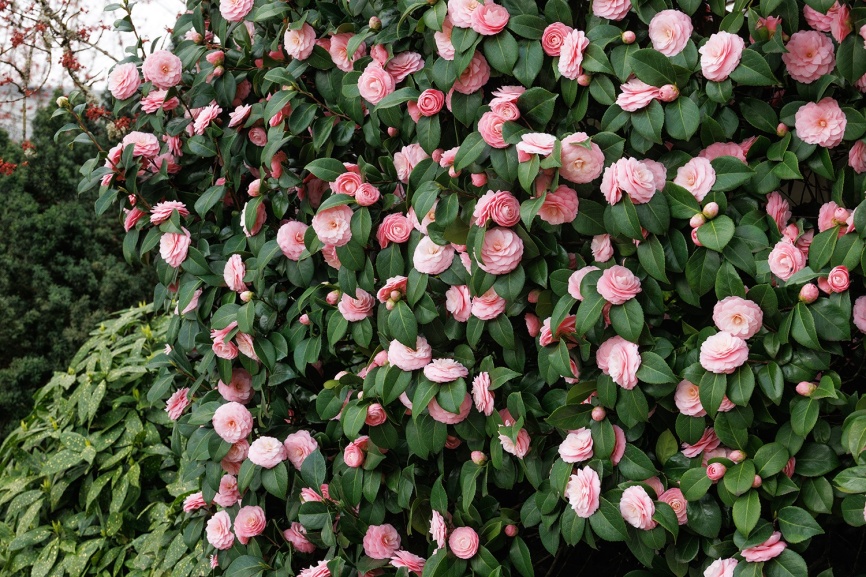You're growing in this Zip Code:
Change LocationDiscover Plants for Your Area
Hummingbird Summersweet
Clethra alnifolia 'Hummingbird'
Retailers Near You
| Description | A profusion of fragrant white flower spikes attract butterflies. Compact habit is excellent for small gardens. Effective in mass, mixed into perennial borders or along foundations. Grows well in wet areas. Deciduous. |
|---|---|
| Bloom Time | Summer |
| Deciduous/Evergreen | Deciduous |
| Special Features | Easy Care, Fall Color, Attracts Pollinators, Compact Form |
| Problems/Solutions | Coastal Exposure, Deer Resistant, Very Wet Areas |
| Growth Rate | Slow |
| Growth Habit | Rounded |
| Flower Attributes | Fragrant, Showy Flowers |
| Landscape Use | Border |
| Flower Color | White |
| Foliage Color | Green |
| Foliage Fall Color | Yellow |
| Companion Plants | Ninebark (Physocarpos); Dogwood (Cornus); Coneflower (Echinacea); Weigela (Weigela); Aster (Aster) |
| Care Instructions | Provide moist, humus-rich, slightly acidic, well-drained soil; avoid hot, dry sites. Water deeply, regularly during the first growing season to establish an extensive root system. Fertilize before new growth begins in early spring. Blooms on current season's growth; prune annually in late winter to promote vigorous new growth. |
| Description | A profusion of fragrant white flower spikes attract butterflies. Compact habit is excellent for small gardens. Effective in mass, mixed into perennial borders or along foundations. Grows well in wet areas. Deciduous. |
|---|---|
| Bloom Time | Summer |
| Deciduous/Evergreen | Deciduous |
| Special Features | Easy Care, Fall Color, Attracts Pollinators, Compact Form |
| Problems/Solutions | Coastal Exposure, Deer Resistant, Very Wet Areas |
| Growth Rate | Slow |
| Growth Habit | Rounded |
| Flower Attributes | Fragrant, Showy Flowers |
| Landscape Use | Border |
|---|---|
| Flower Color | White |
| Foliage Color | Green |
| Foliage Fall Color | Yellow |
| Companion Plants | Ninebark (Physocarpos); Dogwood (Cornus); Coneflower (Echinacea); Weigela (Weigela); Aster (Aster) |
| Care Instructions | Provide moist, humus-rich, slightly acidic, well-drained soil; avoid hot, dry sites. Water deeply, regularly during the first growing season to establish an extensive root system. Fertilize before new growth begins in early spring. Blooms on current season's growth; prune annually in late winter to promote vigorous new growth. |
|---|
Retailers Near You
About Us
We have been pioneers and craftsmen in the art of growing plants for nearly
100 years. Since our founding in Southern California by Harry E. Rosedale, Sr.
in 1926, we have been absolutely dedicated and obsessed with quality.
We have been pioneers and craftsmen in the art of growing plants for nearly 100 years. Since our founding in Southern California by Harry E. Rosedale, Sr. in 1926, we have been absolutely dedicated and obsessed with quality.
